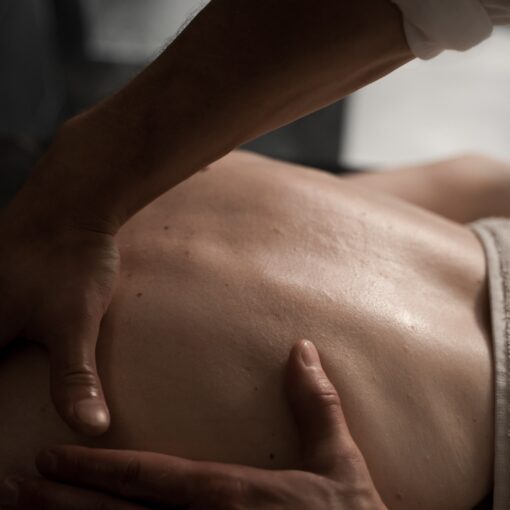With all the new research into stretching, it’s hard to be sure you’re doing it right. Should you move or not? Bounce it out? Hold it? What is dynamic stretching, and how is it different from a warm up jog?
Why Stretch?
Of course, some of us still think we don’t need to stretch because we didn’t work out that hard, or because you do this exercise all the time, or because you feel really good. But that doesn’t change the basic fact of your body: muscles contract, all day long, in the gym or out of it. And since the body isn’t perfect, every single contraction carries the chance that some of those muscle fibers won’t release properly. Every one.
Now, if one muscle fiber locks down, it’s not a big deal. But add up those chances day after day, rep after rep, and you risk locking down a significant portion of that muscle. Two things begin to happen: one, you lose power, because you can’t access the pull from those locked fibers. This leads to number two: you begin to cheat. Your body will do everything it possibly can to respond to your request for power, including using the wrong muscle, and using it the wrong way. Now, not only are you not building strength in the muscle you want to, you are not working it at all. So it goes in a widening spiral: unhappy, unstretched muscles locks up, you cheat with another, which is not only unhappy and unstretched but also using terrible form, so you cheat with yet another. If only there were a simple easy way to prevent it!
Hey. See that stretching mat over there? Make friends.
How to stretch:
You have several different options on how to do this, of course. Always ask a health or exercise professional about your particular situation if you have any doubt.
A dynamic stretch is controlled movement, generally slow, done through the full range of a joint or muscle, not simply taking a static stretch and bouncing (ballistic stretching). If you are planning an intense workout, a dynamic stretch after the warmup can help further mobilize the tendons, ligaments, and joint capsule to prevent injury. The difference between a dynamic stretch and a warmup has to do with the range you put the joint through- if you aren’t going all the way to the end of your range, it’s not a dynamic stretch. Start with a jog or something similar to raise your body temperature and heart rate, then move onto stretching. Remember, this is not your workout- don’t fatigue yourself yet. Just make sure it’s all working at its best possible level. Depending on your sport, there are hundreds of different dynamic stretches to consider, for your joints, your injuries, and your goals. (Here are a few basic stretches).
Ballistic stretching, or ‘bouncing’ your stretch, is something I personally always discourage (unless you need an excuse to get a sports massage. Not the best way to do it, I promise). Attempts to force the muscle or joint further with a bounce or jerk greatly increase your chance of injury, particularly if it’s an area that you have previously injured. Be sure, when doing a difficult dynamic stretch, that you don’t edge over into this type of stretch. While it may sound beneficial, the sudden increase in length can activate the Stretch Reflex, which is counterproductive as it actually signals the muscles to contract in a protective mechanism. (Read more here).
Static stretches are what most of us think of when we think of stretching- extending a muscle to the end of its comfortable range, holding it for 30-60 seconds, and gradually increasing the flexibility over time. After a workout, static stretches are much more productive as they gently break down adhesions while the muscles (and nascent adhesions) are still warm and malleable.
Are you on your mat yet?
Photos used under Creative Common license: http://creativecommons.org/licenses/by/4.0/






